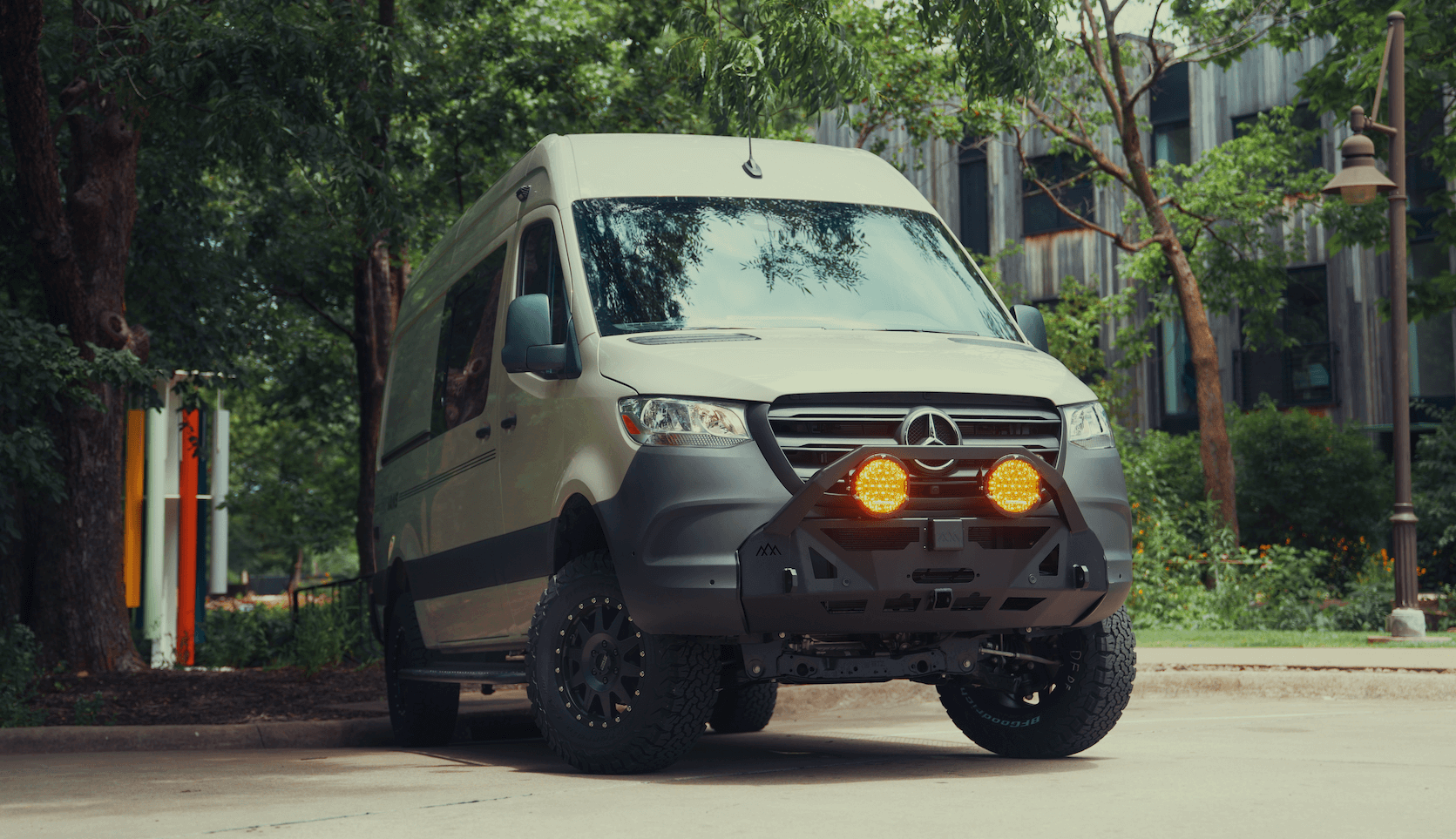Recreational Vans

A cabinetry only build starts with intent. List the gear you carry, the people who ride along, and the activities that define your trips. Map traffic lanes from sliding door to cockpit, and leave clear egress for emergencies. Identify anchor points, factory wiring paths, airbags, and service panels that must remain accessible. Balance weight across the axle line and keep heavy items low to reduce body roll and brake dive on rough roads.
Place frequent use items near doors or at waist height. Use full depth drawers for camp kitchen kits, and shallow top drawers for utensils and small tools. Reserve tall lockers for skis or recovery boards. Keep a clean path to the bed and toilet zones to avoid nightly unpacking.
Condensation accumulates in tight spaces. Add vent gaps behind panels, use moisture tolerant finishes, and avoid trapping damp gear in sealed compartments. In four season travel, plan for expansion and contraction of wood based materials.
Mobile cabinetry faces vibration, temperature swings, and occasional off camber moments. Materials and joinery must be selected for strength and service life, not just looks.
Baltic birch and marine grade plywood offer stable cores and consistent plies. Bamboo panels bring high stiffness with a warm look. Aluminum extrusions with composite panels create very light yet rigid boxes. Consider honeycomb panels for large doors where weight savings tame slam and hinge stress.
Dado and rabbet joints distribute load, while screws lock the stack. Pocket screws speed assembly but need glue where possible to prevent squeaks. Use thread inserts, rivnuts, and structural brackets where cabinets meet the van body. Choose compression latches and soft close slides to prevent rattle and drawer creep.
Well built cabinetry must also be well attached. Mount to structural rails, seat rails, or engineered tracks such as L track, unistrut, or aluminum profiles that tie into reinforced points. Avoid drilling into pillars that house airbags or load paths. Use backing plates and high grade fasteners, and verify torque after shake down miles.
In a hard stop, unsecured mass becomes a projectile. Latches should resist forward loads, and tall units need multiple attachment points. Add edge lips and bungee keepers for open shelves. Secure propane cylinders in vented lockers and route relief to the outside.
Plan wire chases, grommeted pass throughs, and removable panels near batteries, inverters, and fuse blocks. Label circuits and leave space for future accessories. Route fridge and heater vents to prevent hot spots and keep electronics clear of water lines.
Durable finishes make cleanup easy and protect edges. High pressure laminate resists abrasion and stains. Two part urethane clears seal plywood while keeping a natural grain. Edge banding or aluminum trim guards corners from baggage scuffs. Use textured surfaces on pull handles for grip with wet hands.
Thin foam tape between cabinet faces stops wood on wood chatter. Felt washers under hardware tame buzz. Rubber bumpers at door stops prevent slam and resonance. Test for squeaks on a bumpy loop and tune fasteners after the first thousand miles.
Deep drawers on 100 pound slides handle cast iron and water jugs. Pull out pantries turn narrow gaps into usable space. Flip up counter extensions create work surfaces for prep or laptop use. Add lighting inside tall lockers and warm task lighting over the galley to reduce eye strain. Use magnetic catches for light doors and deadbolt style latches for heavy drawers.
Modular boxes can be moved or replaced as needs change. Custom fit units maximize every inch and follow the van contour for a seamless look. A blended approach often wins, with fixed bases and modular inserts up top. Sketch, tape out the footprint, then mock with cardboard to verify reach and sight lines.
A cabinetry only build benefits from precise measurement, CNC accuracy, and clean integration with the vehicle structure. Professional installation ensures safe anchoring, quiet operation, and service access that ages well. If your project will later add power, water, or heat, building wire chases and access panels now saves time and money. OZK Customs designs and installs cabinetry that matches your travel style and keeps weight where it belongs, all from our shop in Fayetteville Arkansas.
Looking for a team to execute the plan. Explore our recreational vans, review our custom build van details, or see mainstream vans options that can host your cabinetry only build. OZK Customs delivers partial upfits and complete builds that travel quietly and work hard from day one.
Ready for a cabinetry only build that fits your gear, your routes, and your timeline. OZK Customs delivers precise storage, clean installations, and quiet miles. Tell us how you travel and we will design and install cabinetry that works from day one. Start your build request now.
ADDRESS:
6159 E Huntsville Rd, Fayetteville, AR 72701
PHONE:
(479) 326-9200
EMAIL:
info@ozkvans.com